Pictures from an exhibition: not so long ago, Colin and I visited the Albuquerque Museum of Fine Art. The exhibit juxtaposed an unlikely pair of artists: Henry Moore and Georgia O’Keeffe. One of the interesting things I learned was how similar many aspects of their lives were, from their time of birth to their career trajectory. As the show statement puts it: “artists who shared a vision and pioneering approach to Modernism through their use of natural forms. Over the course of their lives, both artists relocated from urban centers to rural locations surrounded by open landscapes and amassed vast personal collections of animal skulls, bones, gnarled driftwood, stones and coiled seashells, which inspired their most important creations” That kind of makes them both kindred spirits to many of us.

A skull from Moore’s collection. You can see a sketch he did of this skull in the video of the studio recreation below.
“Both O’Keeffe and Moore began their careers by drawing and painting from life. O’Keeffe’s studies of feathers, fruit, flowers and seashells carefully scrutinize their layered and unfolding forms while Moore’s often start with a quick sketch of a piece of bone or shell, and are reworked repeatedly, filling a single sheet of paper with organic forms and transforming into human figures…” Drawing is the foundation of everything.
“O’Keeffe and Moore each explored certain tenets of Surrealism without actually subscribing to its manifest. For both artists, an overriding interest in the juxtaposition of forms – a small object in relation to a larger one, unexpected contrasts of objects and seemingly arbitrary alterations of scale – was a significant Surrealist takeaway.”
I loved the interplay of this group of works. O’Keeffe framed her landscapes through the openings of bones and Moore chose a very bone-like material for his abstracted figure. The color, together with the placement of forms and voids calls to mind some of the forms of a pelvis. The suggestion of this gigantic pelvis causes my mind to ponder scale (and invariably begin to make up stories about some sort of titanic creature!), which is also being played with in O’Keeffe’s paintings. By bringing the fox pelvis way to the front of the canvas, it becomes a mountain compared to the cordillera in the background.
Of these paintings, O’Keeffe said: “When I started painting the pelvic bones I was most interested in the holes in the bones – what I saw through them – particularly the blue from holding them up in the sun against the sky as one is apt to do when one seems to have more sky than earth in one’s world.”
Many of Moore’s works on display featured intriguing voids. I could imagine them placed in a garden, inviting viewers to peer through the openings – to see a little world set apart in that space. 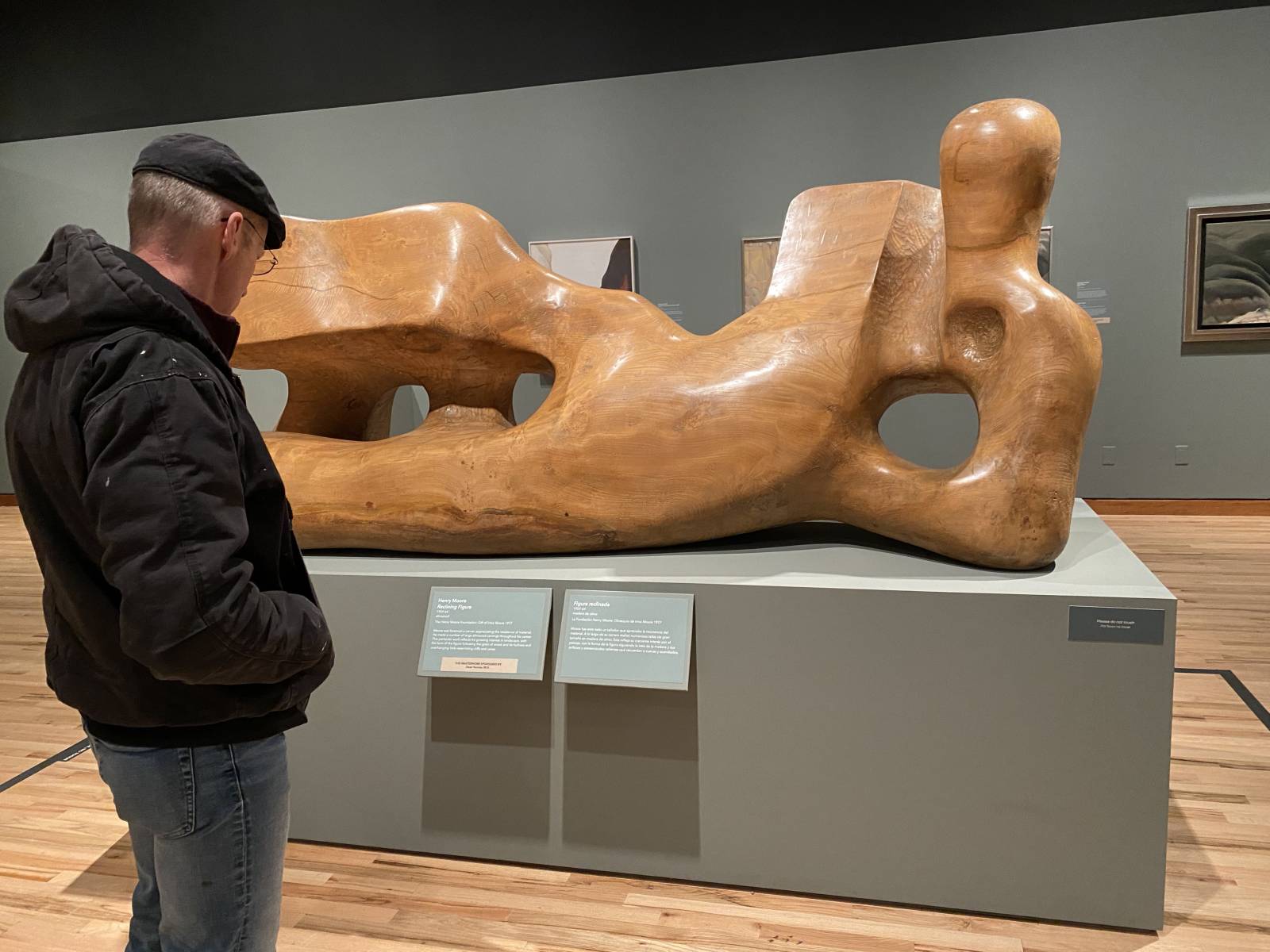

Some of the plaster sculptures and found objects from Moore’s maquette studio. Particularly intriguing to me are the middle two objects on the upper shelf: the inner coil of a true conch mounted as a sculpture and the cow skull fragment mounted as a sculpture (amazing how much this looks like someone dancing!)
O’Keeffe’s studio recreation:
Moore’s studio recreation:
I quite enjoyed seeing less familiar works from both of these artists. With the vast breadth of work in most lifelong artists’ careers, it often seems that a curiously small section becomes the focus of the art world’s attention. The opportunity to see the range, depth and progression of work is extraordinary and enlightening.
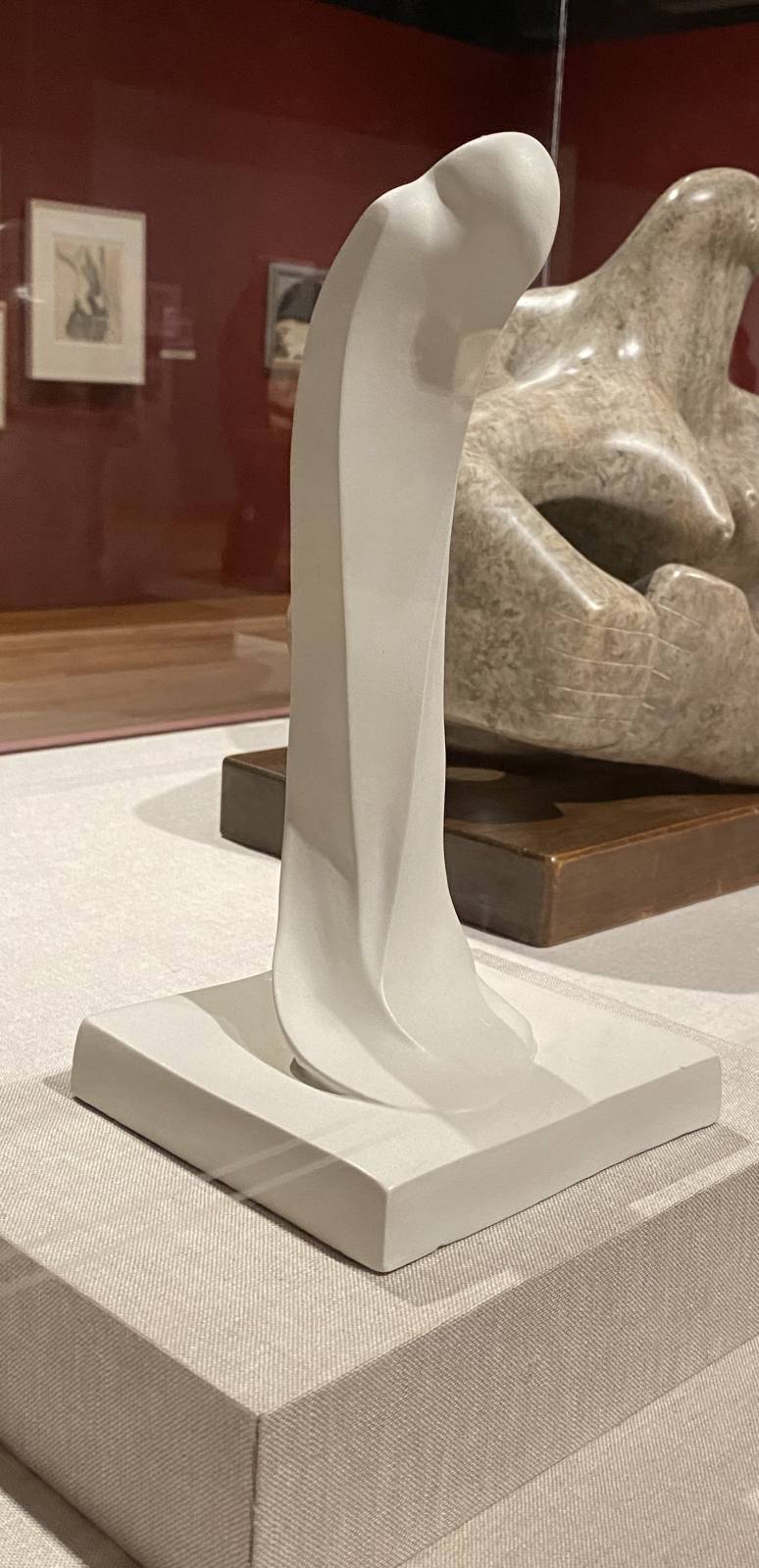
One of O’Keeffe’s few sculptures. It has been interpreted as a symbol of her grief at the death of her mother, with its bowed head and veiled figure.
The cocooning of forms inside of others in this series makes me ponder the internal versus external landscape and what sorts of things I might reveal inside of my figures.
While these two iconic artists have not been at the top my list of favorites, wandering through the works, inspirations and creativity of their worlds broadened my thinking. Aspects of their thought processes can have an impact on how I approach certain concepts in my own work. As always, exposure and immersion opens doors to understanding and new conversations.
And a final fun side note: in this photograph, Colin’s grandmother, Una Hanbury, is sculpting Georgia’s portrait. They were long-time friends. Casts of this portrait bust can be seen at the National Portrait Gallery in Washington D.C. and at the Georgia O’Keeffe Museum in Santa Fe, New Mexico.


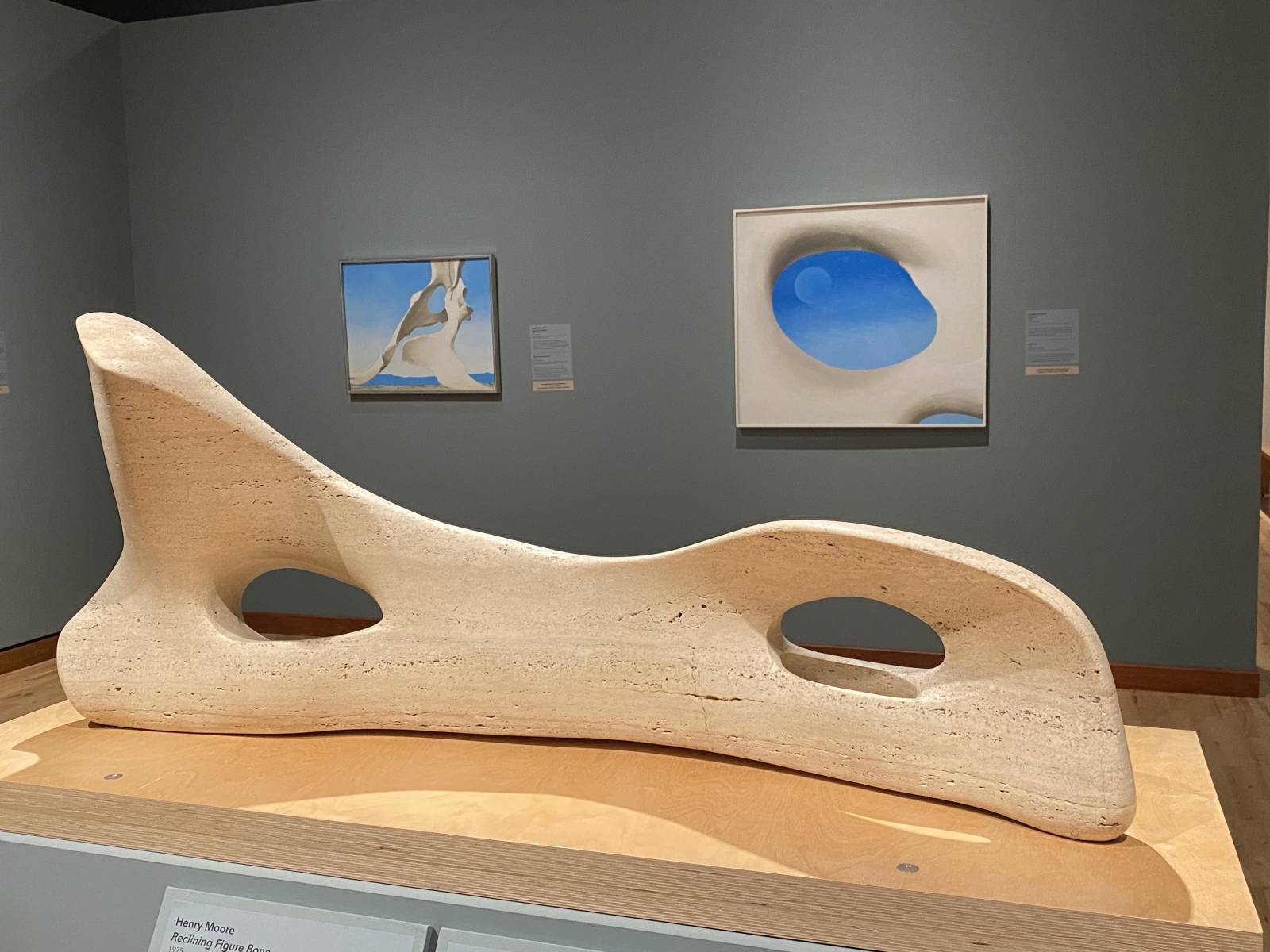




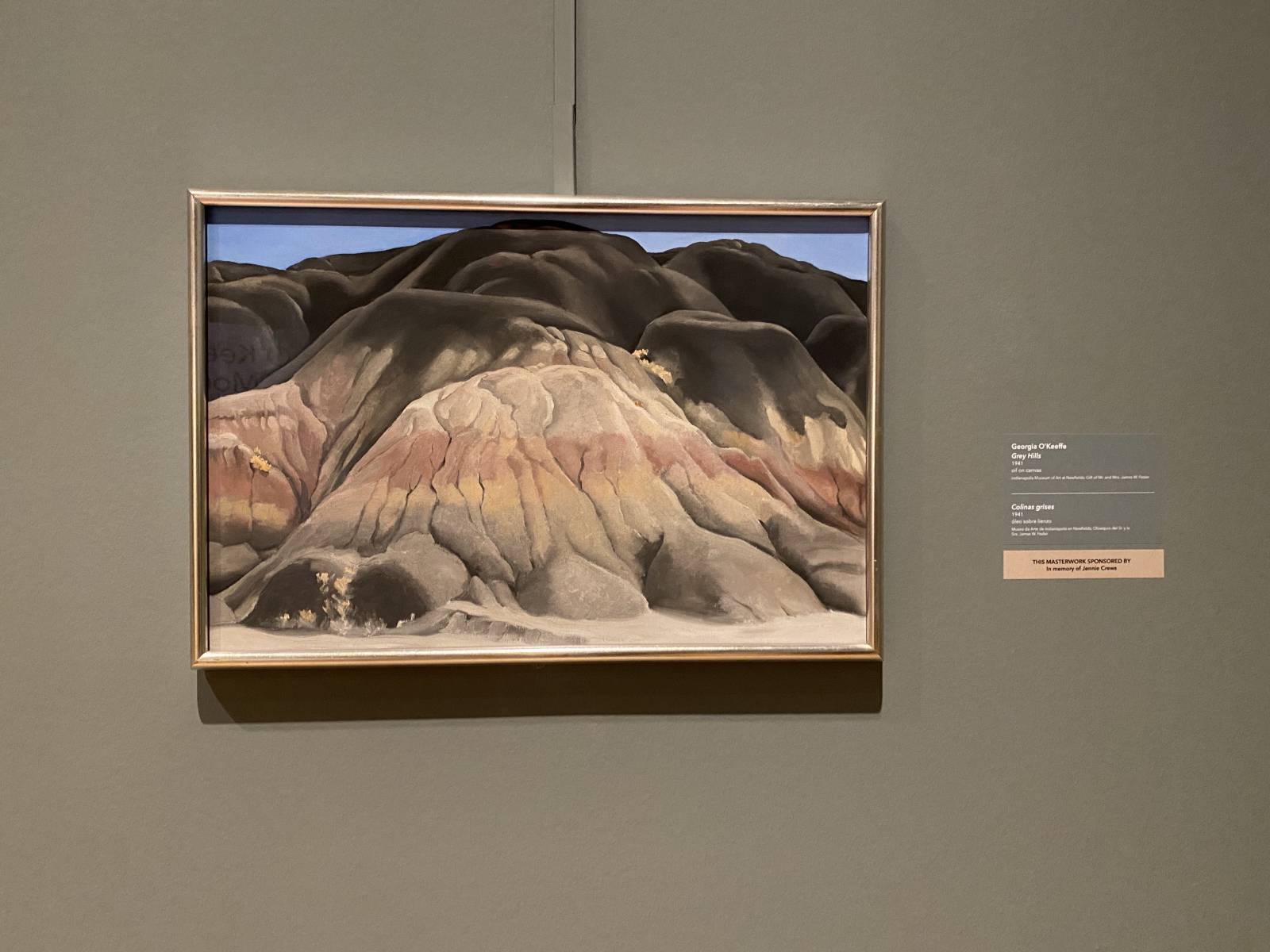


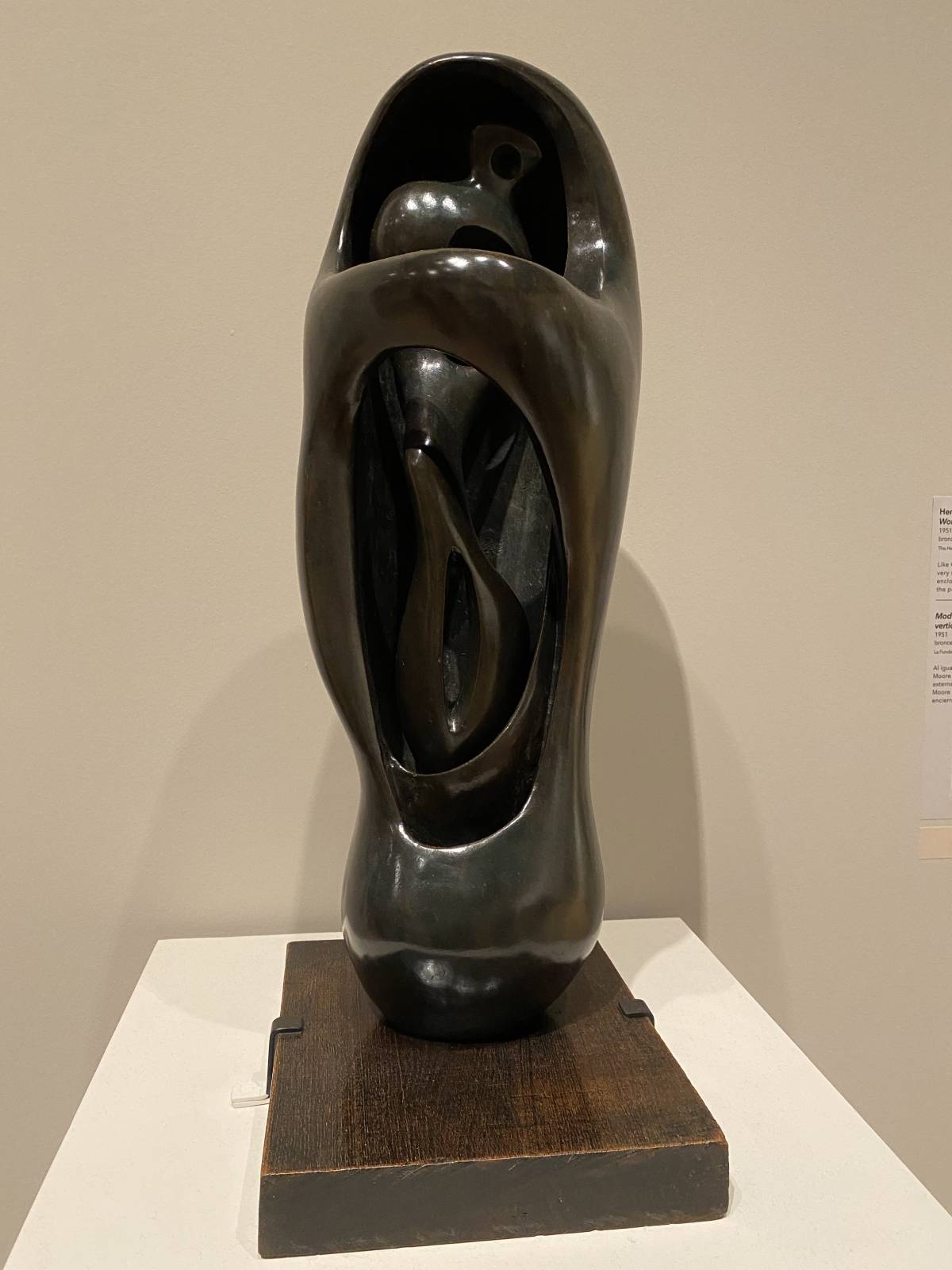
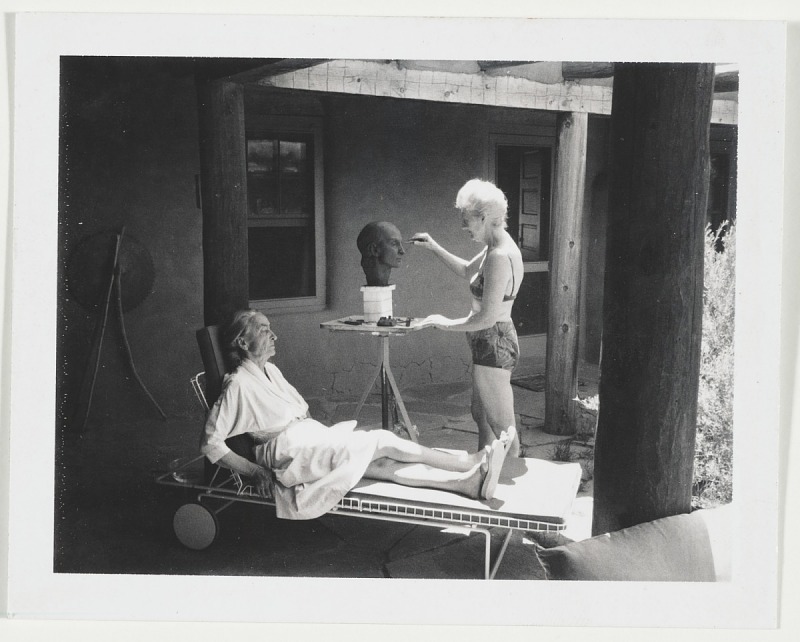
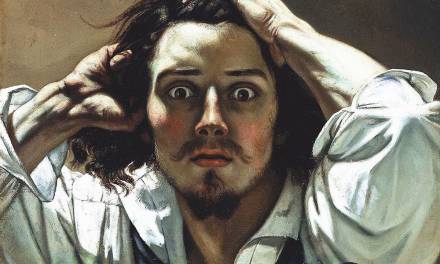
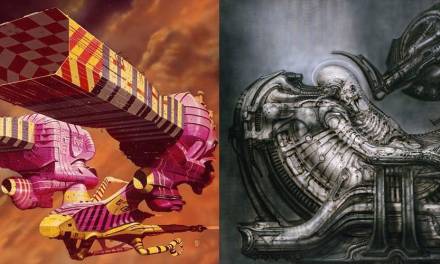
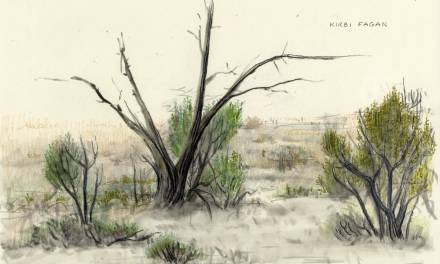
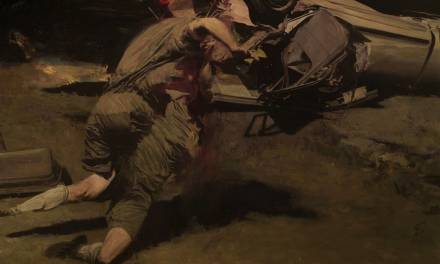

Recent Comments